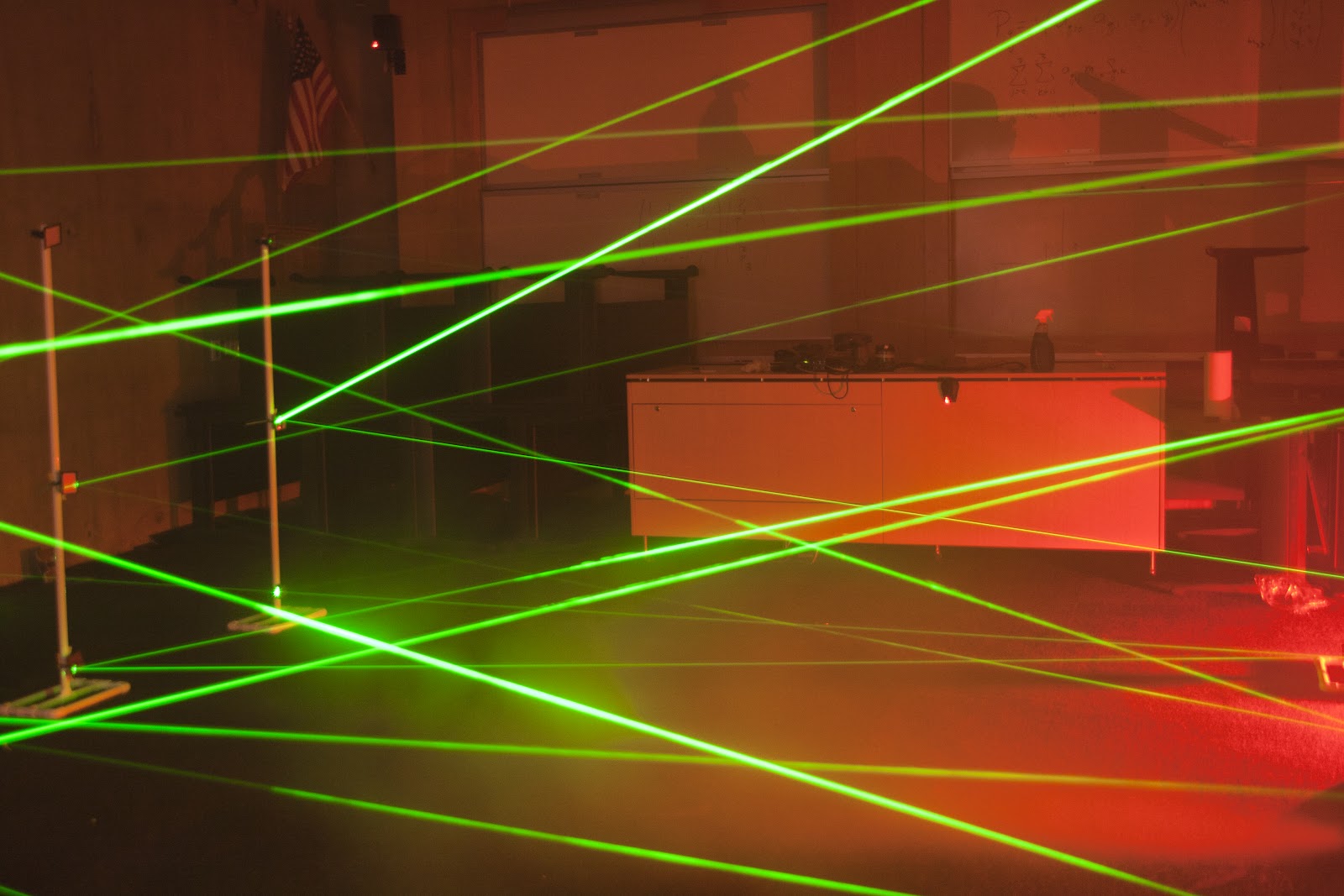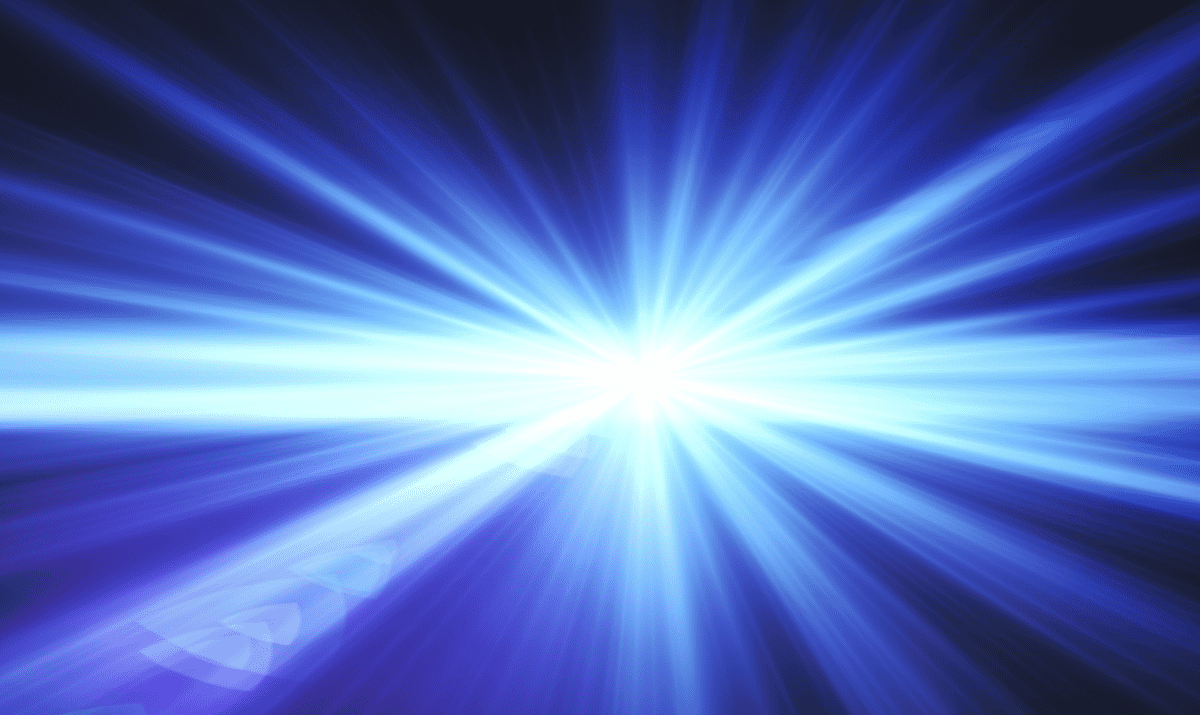

Metal matrix composites (MMCs) and nano-dispersoid reinforced materials.Refractory metals (Mo alloys, W alloys, WC, and Ta).Precious metal alloys, based on gold, silver and platinum.Titanium based alloys, such as (CP Ti, Ti-6Al-4V (grades 5 and 23).There are a wide variety of alloys processable by PBF-LB including: A number of industries are taking advantage of the offered flexibility, for example, the medical industry are using it to create orthopaedic implants tailored to individual patients, therefore reducing rejection rates owing to the recipient’s immune system response. PBF-LB is also ideal for creating highly customised parts.

Parts with low volumes but high surface areas, such as advanced heat exchangers or heatsinks, or parts with intricate internal channels, such as components with integrated cooling paths, are well suited to the technology. The design freedom afforded by PBF-LB creates opportunities for the design and manufacture of parts with previously impossible or hard to manufacture geometries. What are the Benefits of Using the PBF-LB Process? PBF-LB is also known by other terms and trademarked technologies such as Selective Laser Melting (SLM TM) and Direct Metal Laser Sintering (DMLS TM). The melted particles fuse and solidify to eventually form a component, layer by layer. After each layer is created, the powder is spread uniformly by a wiper and the process is repeated. Each layer is then sequentially recreated by melting sections of the CAD model on a layer of powder using a laser beam. For each sliced layer, a laser scan path is calculated which defines both the boundary contour and the fill sequence, known as a scan pattern. PBF-LB begins with the creation of a 3D CAD model, which is numerically sliced into a number of finite layers. Powder Bed Fusion – Laser Beam (PBF-LB) is an additive manufacturing process that utilises a laser beam to melt and fuse metal powders together to form a part. National Structural Integrity Research Centre.Structural Integrity Research Foundation.


 0 kommentar(er)
0 kommentar(er)
